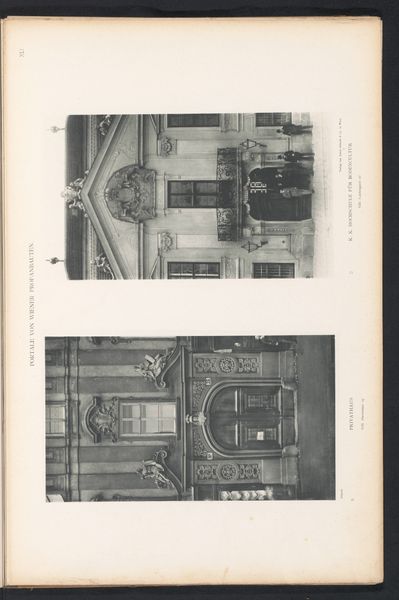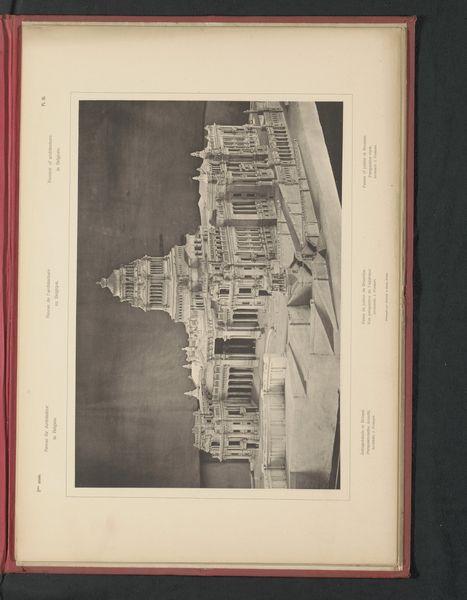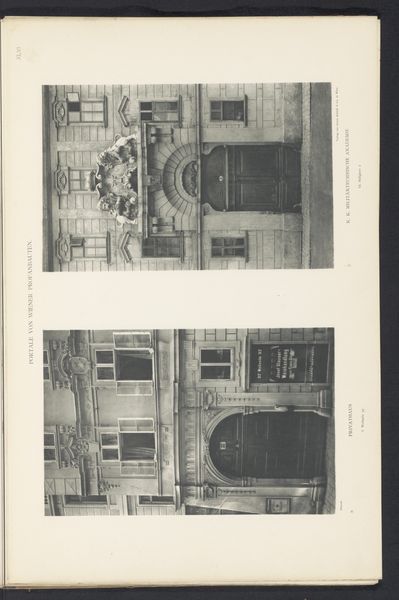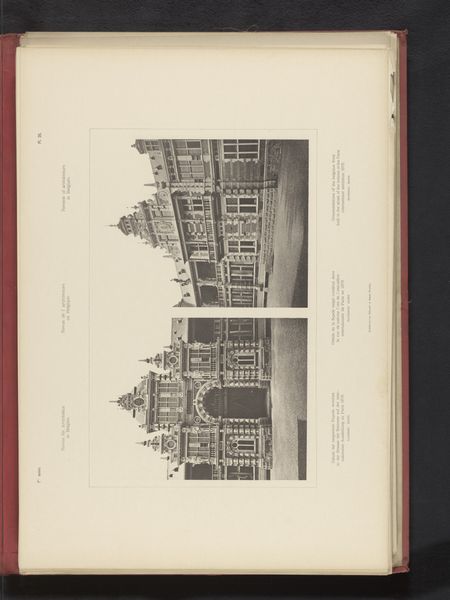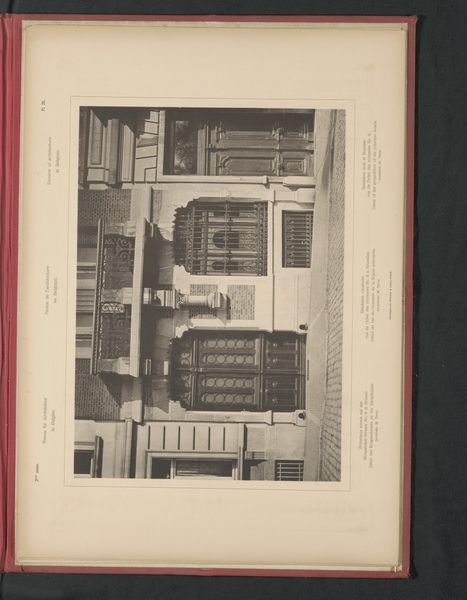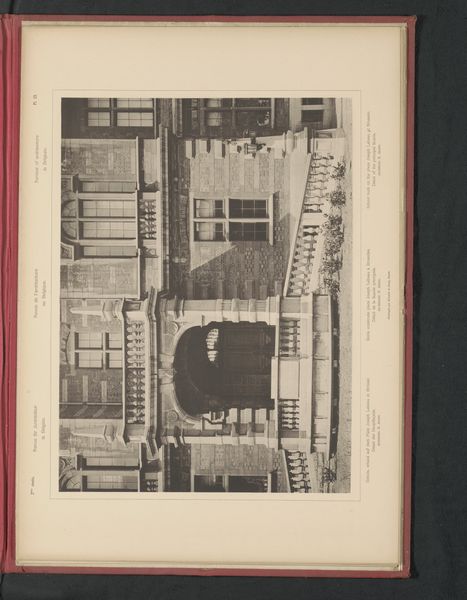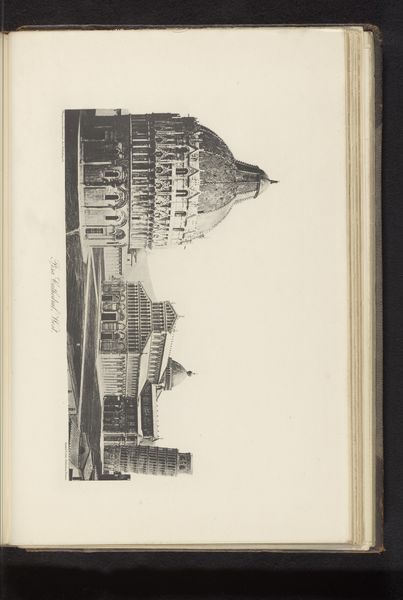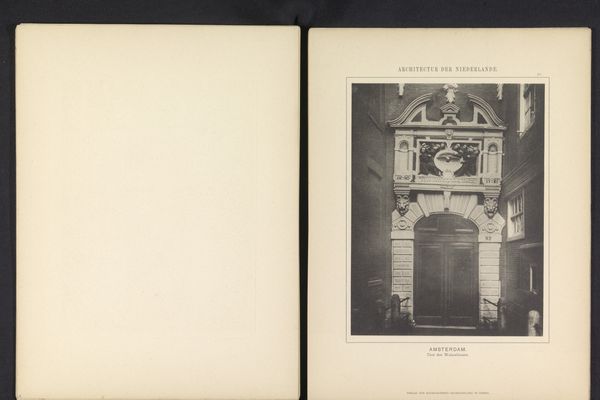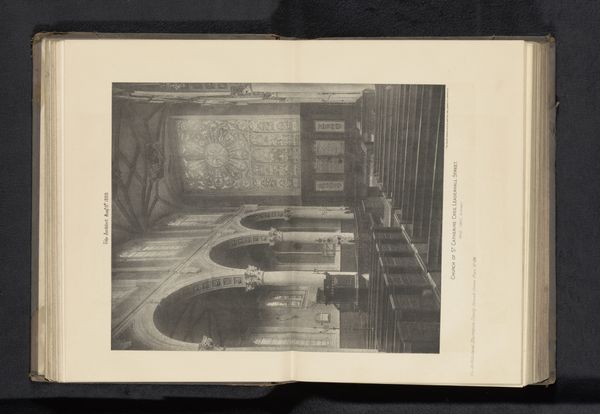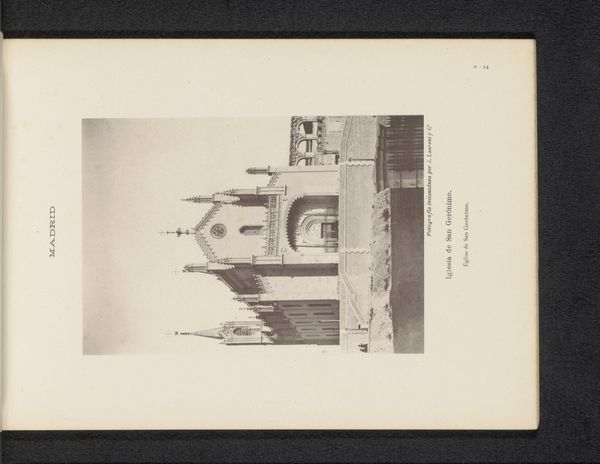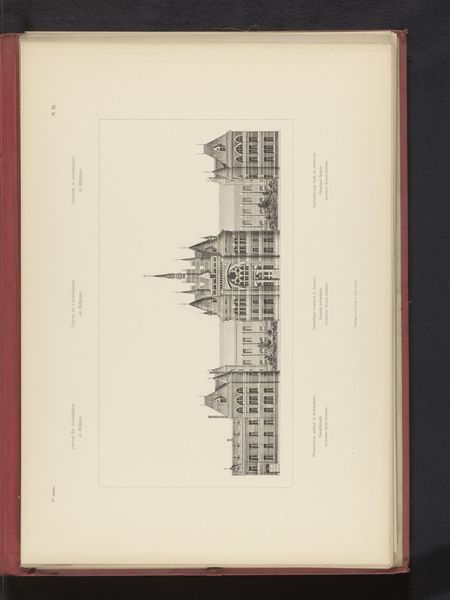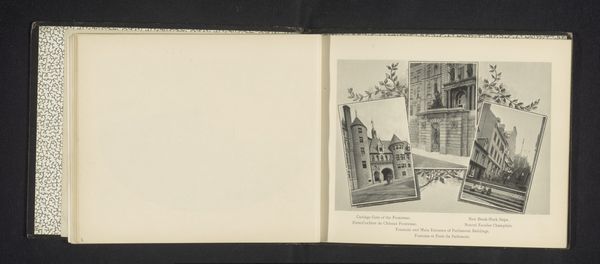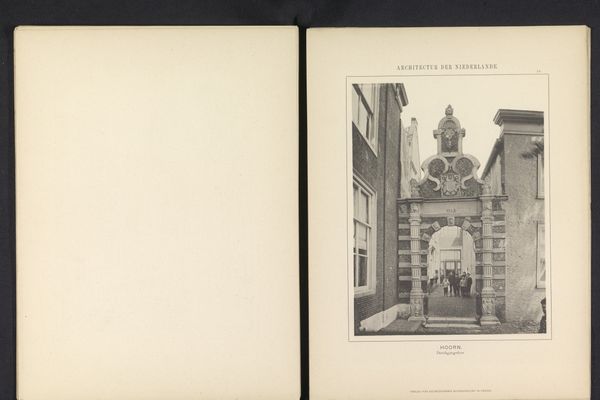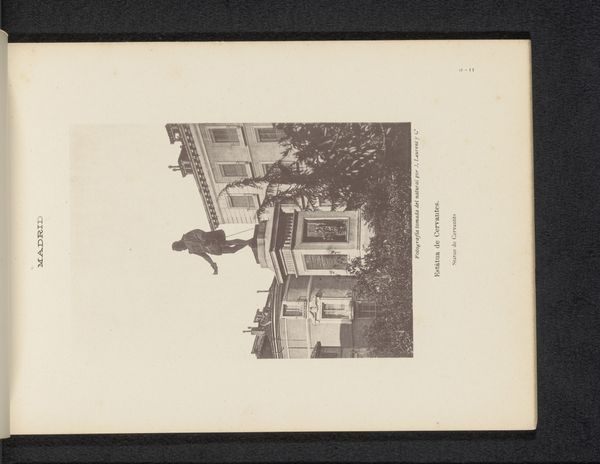
Twee gezichten op een Belgische façade op de Wereldtentoonstelling van 1878 in Parijs, Frankrijk before 1893
0:00
0:00
rommlerjonas
Rijksmuseum
print, photography, architecture
# print
#
photography
#
cityscape
#
academic-art
#
architecture
Dimensions: height 355 mm, width 502 mm
Copyright: Rijks Museum: Open Domain
Editor: This is "Twee gezichten op een Belgische façade op de Wereldtentoonstelling van 1878 in Parijs, Frankrijk," by Römmler & Jonas. It's a photograph, likely printed, of architectural details. It feels like a document, almost clinical. What can you tell me about it? Curator: This image offers a fascinating window into the ambitions and anxieties of late 19th-century national identity. World's Fairs were massive exercises in nation-building, public relations, and economic competition. Belgium, a relatively young nation at the time, was keen to establish its cultural and industrial prowess on the world stage. Editor: So, it's about showing off? Curator: Precisely. The choice to highlight architectural details – a grand façade and an ornate doorway – speaks volumes. It wasn’t just about showcasing a building, but projecting a sense of national character through architectural style. Does this academic style say anything about power and the art world at the time? Editor: Well, academic art was the establishment, right? So maybe Belgium was trying to be seen as part of the club? Curator: Exactly. Academic art conveyed legitimacy. The photo being a print, circulated widely, amplified the message. The politics of imagery are really important here; it speaks to Belgium's effort to associate itself with established European powers. The fact that these photographs exist also speaks to the increased desire at the time to document events for public memory and dissemination, like this audio guide for example! Editor: That's interesting, I hadn’t thought about the wider circulation of these kinds of images. I’m starting to see this less as a straightforward photograph and more as a calculated statement. Thanks! Curator: You’re welcome! Seeing these images within their original socio-political context allows us to unpack the intended public role of art, shedding light on these visual strategies.
Comments
No comments
Be the first to comment and join the conversation on the ultimate creative platform.
